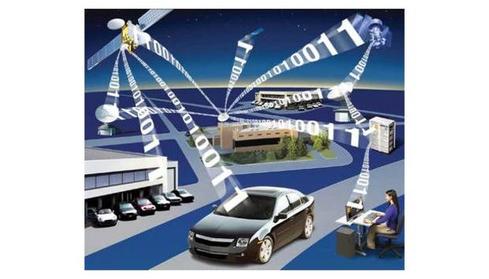Anticipate and embrace the changes the Internet of things will bring or it will do more harm than good.

generations could not have imagined. It's how we apply and adopt these innovations that ultimately determine their usefulness. There is no doubt that if applied correctly, IoT can make almost any object "smart." But if the proper technology standards and policies are not in place, the backlash could easily stifle innovation.
As with any new technology shift, changes need to be anticipated and embraced.
For IoT, you can expect the following:
Establishing standards – As companies embrace IoT capabilities they will carry a responsibility to develop policies that govern the use of the data they collect and share those policies and the burden of security with employees and consumers. They will also have to consider the social and privacy implications that contextual data will bring.
Providing security isolation – If every “thing” now has an umbilical cord to the Internet, being able to physically isolate, manage, and secure each object independently is critical. For example, being able to disconnect an object if malicious activity is sensed to protect and secure the data. Security standards will need to evolve to support not only securing the data transmission, and inspecting the integrity of the messages, but embedding security into the object itself. This will allow software developers to create code that is secure, bounded, and able to be certified for compliance.
Executing in "safe zones" – Many of the IoT devices will connect to the Internet using embedded processors which will handle data of increasing sensitivity. Truly securing these devices will require a tight collaboration between the hardware and software applications. Semiconductor companies like ARM and AMD are creating "TrustZone" technology which is integrated into the processor and allows applications to control access to certain functions and peripherals creating a more secure operating environment that can prevent hackers from doing unauthorized cloning or firmware updates.
Preparing for the really big data – Networking technologies and standards must evolve so data can flow freely among sensors, computers, and devices. Tools to aggregate and analyze data, as well as visualize the data must improve to the point where large volumes of data can be processed and absorbed by human decision makers or synthesized to guide connected systems.
IoT has the potential to tackle big challenges such as saving energy, distributing food, and caring for elderly. If inappropriate regulation is put in place or the above issues are not addressed, we run the risk of stifling innovation and crippling the development of IoT business models.
InformationWeek's new Must Reads is a compendium of our best recent coverage of the Internet of Things. Find out the way in which an aging workforce will drive progress on the Internet of Things, why the IoT isn't as scary as some folks seem to think, how connected machines will change the supply chain, and more. (Free registration required.)
About the Author(s)
You May Also Like







